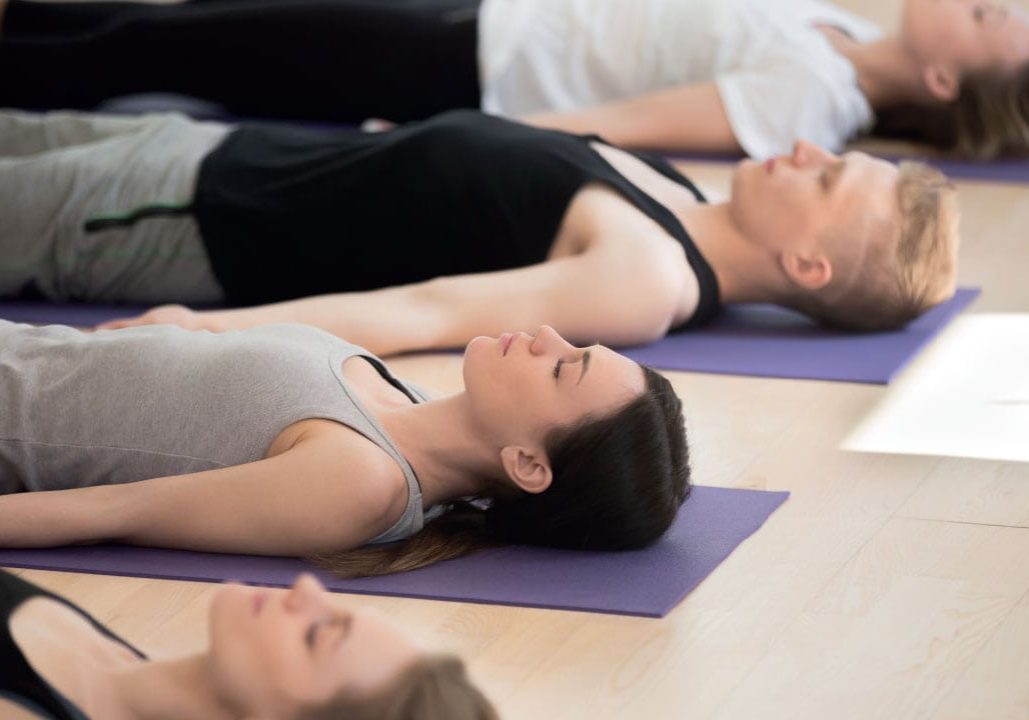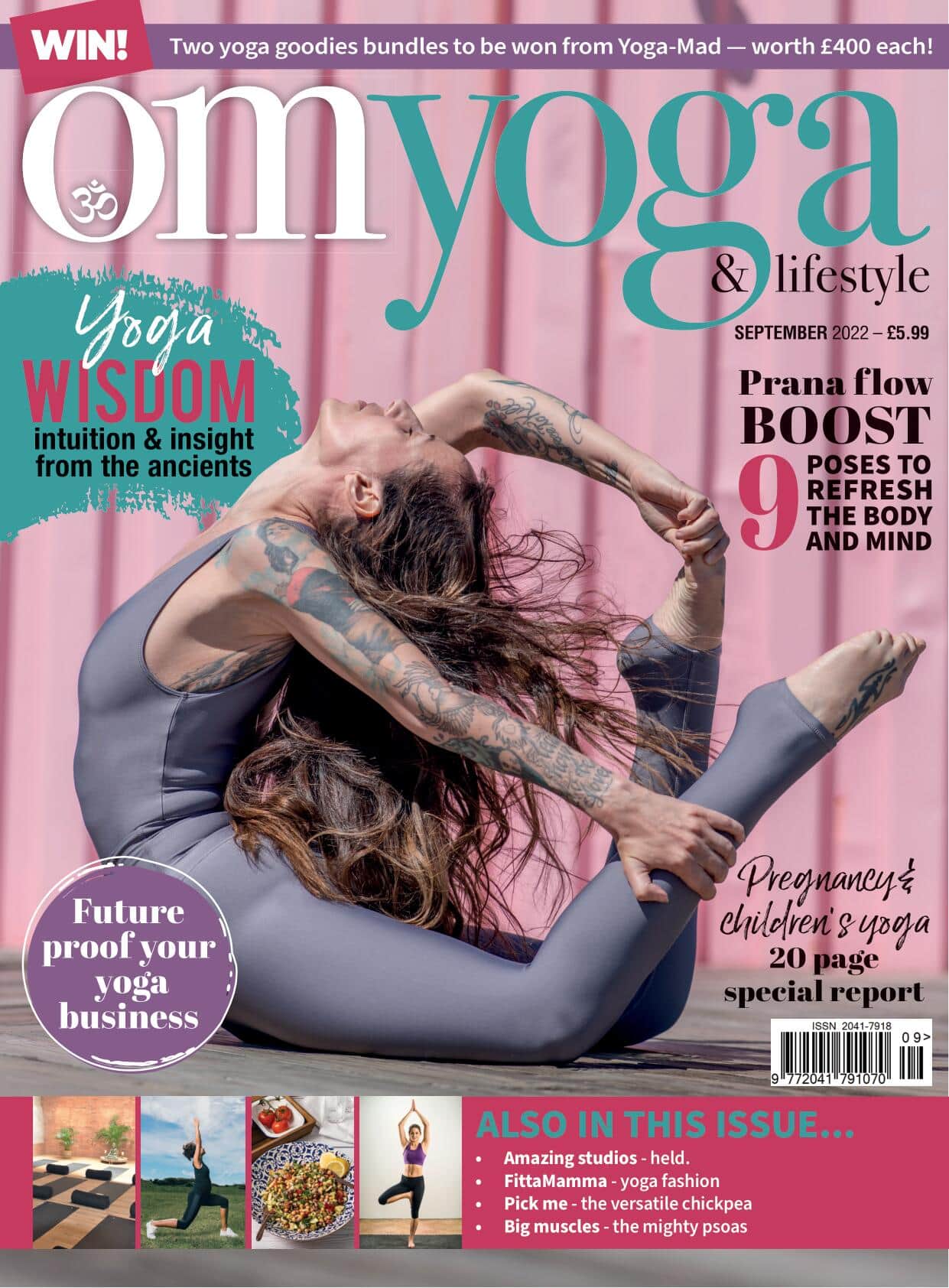
Yoga wisdom: it's closer than you think
Wisdom is the ability to use knowledge and experience to make good decisions. Applying this to our yoga practice is easier than we might think. By Keith Hart
Imagine you’ve just arrived early for an appointment so you take a 15-minute walk, without aiming for anywhere in particular. By taking turnings you’ve never taken before you soon find yourself in a completely different place.
You’re in a country lane, meandering through a wood, passing under an old disused railway bridge, peering at interesting-looking paths promising further unknown delights. There is no sound of traffic, no people, just silence, calm and tranquillity, all just 15 short minutes away from your normal routine. It seems hard to believe you’re so close to the place you just left, and that you’ll be back there so soon. So near, and yet, so far.
Yogic wisdom is a bit like that. If we ever think of it at all, it can sound unattainable, reserved for the advanced thinkers, the veteran yoga teachers, lifetime-yogis with their head in the clouds, unencumbered by the everyday pressures faced by the likes of you and me. Yet it is closer than you think, just a short walk away.
We just need a couple of tweaks in our mindset.
We could remind ourselves that however much we like our yoga teacher(s), our best teacher will always be ourselves. Despite our efforts to sabotage our better instincts, we know our own body, our own mind, our own breath, better than anyone else. Although we get advice from others, the final decision is ours to make.
When we choose to place our body into specific shapes and positions on the mat, we do so with the discipline and determination required to get to a class, or to the room we practice in at home. We balance this commitment with a sense of detachment, knowing that getting too wound up about the results of the practice will take us away from our goal.
We don’t really need to know the yoga philosophy and the Sanskrit words to achieve yoga, although for some of us it does help. If you can practice every pose with strength and steadfastness as well as a sense of ease, a feeling that you could hold there forever, then you are achieving a state of equanimity only available through yoga wisdom.
Knowing when to stop also displays wisdom. When you know you have gone past that edge in the pose where the level of difficulty is producing an unsustainable level of discomfort in the breath or the body, rein back a little. That’s yoga wisdom. When you take your teacher’s advice and lay down in Savasana (corpse pose, or relaxation pose) instead of risking injury, you are listening to your body.
Doing so goes against the grain because your ego is telling you not to quit, or is comparing yourself with others in the room, or with that symbol of perfection you want to become. Letting go and listening to your body is displaying yoga wisdom.
An oft-quoted yoga adage says that ‘yoga is a work-in, not a work-out’ — and that’s yoga wisdom too.
Yoga is more than manipulating your body into shapes on the mat. Yoga starts where you observe your body dispassionately whilst holding a pose in comfort, without straining, without your inner dialogue creating its own narrative, as you return your attention to the breath.
If you can ‘calm the fluctuations of the mind’, you are attaining the goal of yoga. So says Patanjali:
“Yoga is the pacification, concentration and complete focus of the mind’s fluctuating activities” (Patanjali’s Yoga Sutras, Chapter One, second sutra – translation by Frans Moors, ‘Liberating Isolation’, p28, published by Media Garuda, Chennai, 2012)
If you can achieve that you have achieved yoga wisdom.
Another aspect of yoga wisdom is remembering that everything – including the attaining of wisdom – is temporary. It’s amazing if you can achieve any yoga wisdom at all but just because it has happened today, in this moment, doesn’t mean it’s not going to be just as hard to get there tomorrow, or the next day, and that’s okay, that’s how it is.
Moving off the mat, we can start to challenge the patterns in our life. The likes and dislikes we have inherited from our genes, or our family, or developed ourselves over the years, have led us into a way of thinking and behaving that dictate our actions and govern our decisions. Why not just do something different? Why not take a walk down a different path and see what happens?
It doesn’t have to be wildly out of character, but just as my short walk took me somewhere delightful, hiding away just around the corner from my normal routine, you might discover there are unfound joys available to you just a few steps from where you are right now.
Keith Hart is regional officer for the British Wheel of Yoga (BWY) in the south-west of England, a yoga teacher and trustee of BWY. Visit: bwy.org.uk to discover more about BWY




